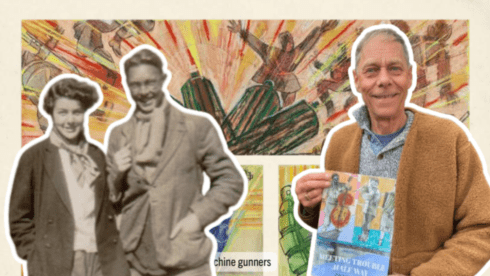THE description of an artwork by a famous Spanish master in Madrid’s El Prado museum has been altered to remove mention of the subject’s ‘dwarfism.’
The plaque for Diego de Velazquez’s 1636 masterpiece ‘El Niño de Vallecas’, which depicts ‘court dwarf’ Francisco Lezcano, now refers to the condition by its medical name, ‘achondroplasia.’
The general poster for the display is currently titled: ‘Velázquez: dwarfs and jesters’, which is set to be amended to just: ‘Velázquez: the jesters’.
Another passage reads: “One of the palace dwarfs poses with an open book whose large dimensions emphasise his smallness.”

This is likely to be replaced with: “One of the palace jesters poses with an open book whose large dimensions serve to establish a game of scales.”
It comes as part of the museum’s broader initiative to undertake a review in response to Spain’s recent constitutional reform.
Article 49 of the Spanish Constitution, expected to be approved next week, requires that language and presentation of art are sensitive and align with modern day standards.
According to the amendment, going forwards, the term ‘disabled’ should be replaced with ‘people with disabilities.’
Nearly 27,000 painting files on its website and about 1,800 exhibition posters are being revised to comply with the new amendment.
Examples of this update include altering descriptions on artworks such as ‘Prince Don Carlos’ by Alonso Sanchez Coello and ‘Brígida del Río, the bearded one from Peñaranda’ by Juan Sánchez Cotan.

In the former, a sign reads: “[T]o cover up the deformation of his back.”
Now it simply says: “[T]o cover his back.”
In the Cotan painting, where it said: “[W]orks that record the parascientific and morbid interest in what is abnormal or deviant from nature…”.
It has already been changed to: “[W]orks that demonstrate the parascientific interest of their nature.”
READ MORE:
- Naked Attraction is coming to Spain: New X-rated dating show will stream on HBO Max after huge success in Britain, France and Italy
- ‘An all-out political, social and judicial offensive’: Leader of Spain’s main opposition Partido Popular calls for fresh protests against government
- Boutique hotel, art gallery, children’s art centre and restaurant to be built in Gibraltar town centre








